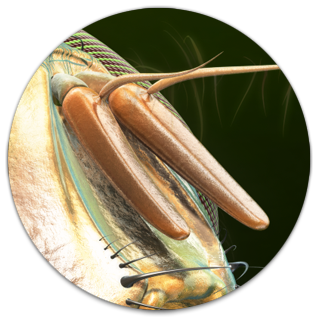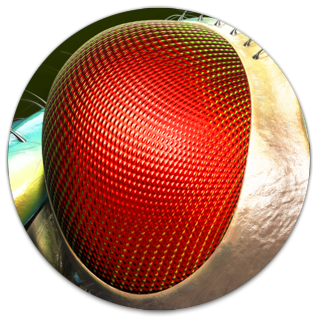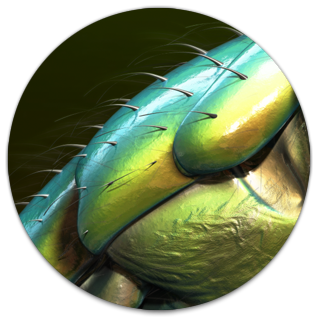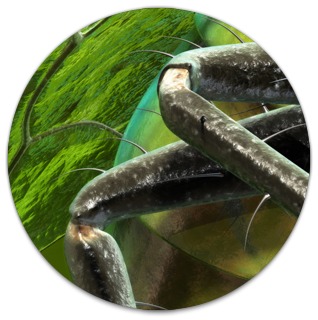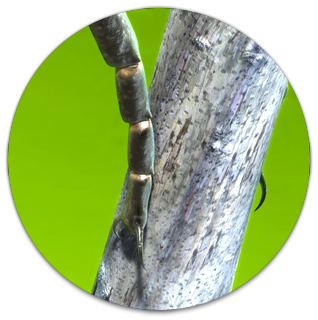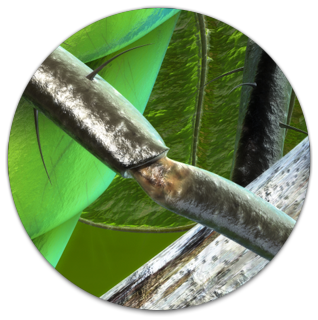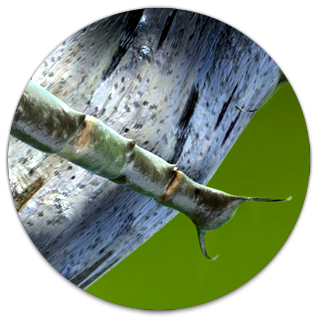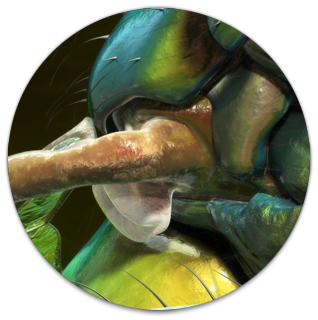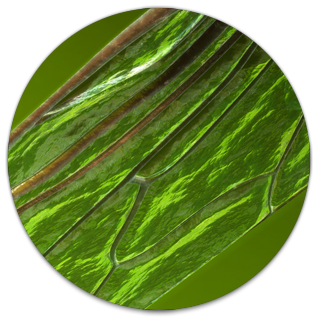Creating photo-realistic CG imagery of organic, natural subjects poses numerous unique challenges. Unlike product images, where the goal is a refined, clean, ultra-perfect rendition of an object, organic realism is achieved through the careful and deliberate creation of imperfection. Textures, shapes lighting and camera effects all require an element of randomness to achieve realism. With that goal in mind, we created this illustration for William Vaughan's new book: [Digital] Modeling. |
|||||||
 |
Process We maintain and continually expand a vast library of photographic reference, used not only for visual details but technical as well, including camera information such as lens info, aperture, shutter speed and ISO settings. Highly detailed macro photography was critical when modeling intricate details such as the fly's body plates, leg joints and segments, wing veins and eye faceting. Camera information extracted from the photographs and mimicked in our 3D camera helped to create a natural depth of field effect. Hair was achieved both procedurally and through geometry, keeping the model efficient and easy to work with while not compromising detail. Result Detail studies like this force us to push our boundaries, developing new solutions for unique problems. Through optimal modeling and the extensive use of procedural texturing and surfacing, we created a model that's not only resolution independent, highly detailed and efficient to work with, but one that's readily adaptable to animation as well. Roll over the hot-spots to see rendered details |
||
|
|||
| Address Chris O'Riley 306 Briarwood Ct. New Paltz, NY 12561 |
Contact Chris@Chris3D.com tel (845) 256-8934 |
News Be sure to check out our physical models here and here. We can now create physical objects in a variety of materials - wood, plastic or metal. |
